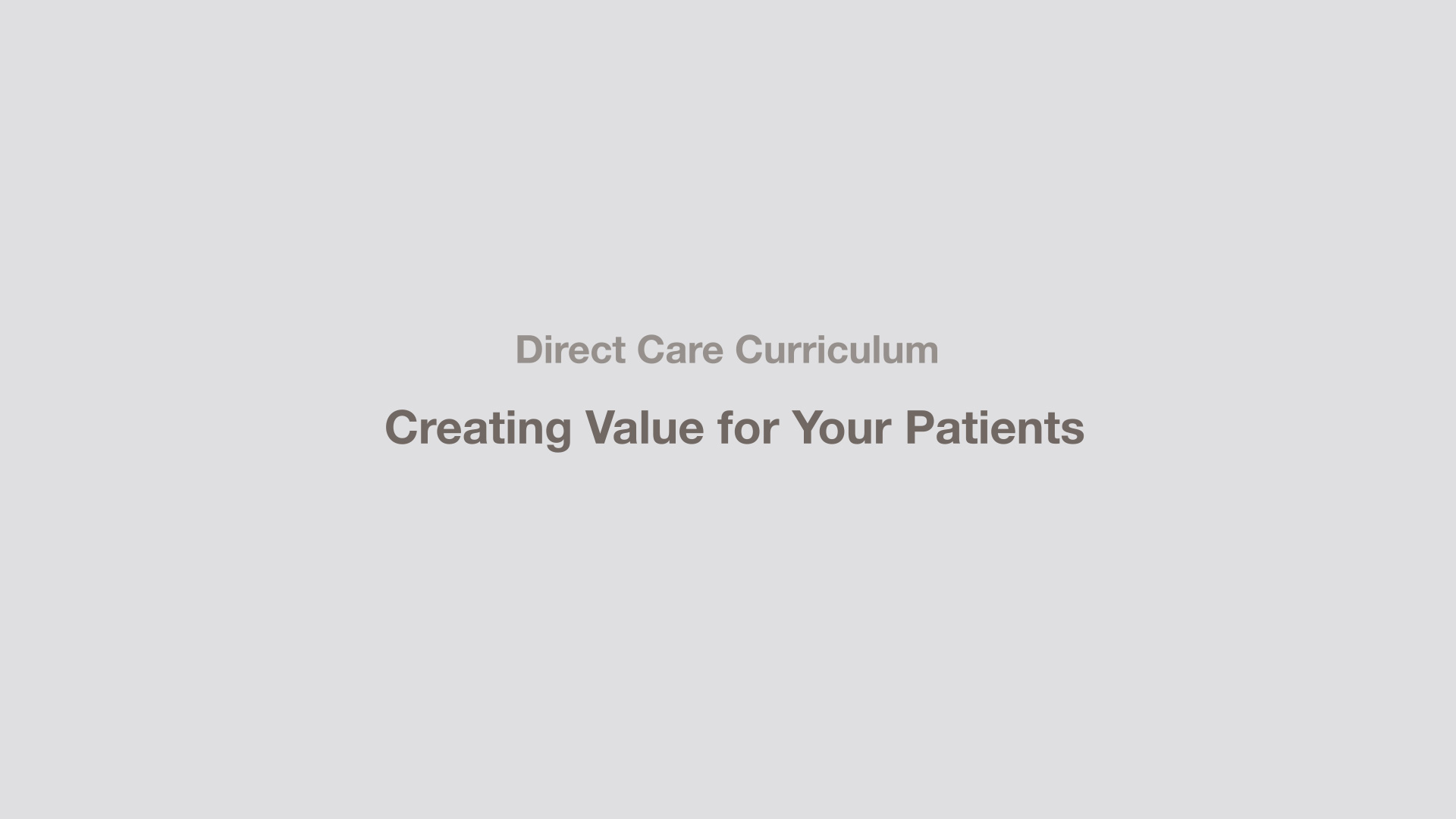Negotiating for discounted services
MRIs
We’ve learned that cash is king when it comes to negotiations. We often ask if a vendor will set up or establish a physician-purchase agreement. This allows them to comply with the insurance contracts while still being able to offer us discounts. We typically offer to pay 100% of the bill at the time of service. This way the lab or imaging center is confident they will receive 100% of the payment 100% of the time. We then work with our patients to be reimbursed for those discounted services (this is part of the monthly statement that we send to our subscribers). Depending on the patient and the severity of the medical condition, we decide on a case-by-case basis how to handle that patient’s billing. If it is a non-emergent MRI of the knee that we get for $350, then we typically ask the patient to pay half or the full amount prior to the rendering of service. If we are worried about an appendicitis, and would like a CT scan of their abdomen and pelvis for $250, then we may just run the scan first and deal with payment later.
Imaging centers are easier to negotiate with than labs because there are generally more of them competing in a market. And they are only making money if someone is actually using the scanner. Initially our discounted rate was $500 for an MRI of the knee. That’s not cheap, but compare that to a $2000 cash price they are billing insurance companies — you can see how much these service prices fluctuate in different contexts. As it stands, because of the continuous business we secure our preferred center, we get MRIs for about $350.
X-rays
For plain films like x-rays, we made arrangements with an orthopedic group. They charge $20-40 for plain films. We send our patients over to the facility and the company just bills the service to our clinic.
It is difficult to get discounted rates on imaging after hours or on the weekends for emergent type settings.
At one point we planned to get x-ray machines for our own Atlas MD office, but now our discounted rate with the orthopedic group makes that unnecessary. As for new practices, we encourage you to get out and build relationships. Knowing that practices have a 10% fold-up rate in the first year, there’s no need to invest in heavy equipment like that right out of the gate.
Broken bones
We are a full-scope family medicine clinic so we can treat the majority of patient needs including broken bones. A comprehensive list of what we can and cannot treat is difficult because medicine is so vast. We can set bones, administer casts, and we even have crutches we loan to patients. These events are emergent, but were your son or daughter to come home from a bad fall, it’s pretty sweet to be able to get them in to see us ASAP, and have them fixed up at no extra charge.
What's next?
Now you know how to leverage your services so that they have the most valuable impact on your patients possible. So, let’s say you sign up patients. You begin scheduling appointments. What happens when they walk through the door of your clinic? Who will greet them? Will someone check them in? Show them to their exam room? Take their vitals? It’s time to figure out how to staff your Direct Care practice. Here’s a hint — it’s not as big of a task as you might think! Read on for the details.
Next